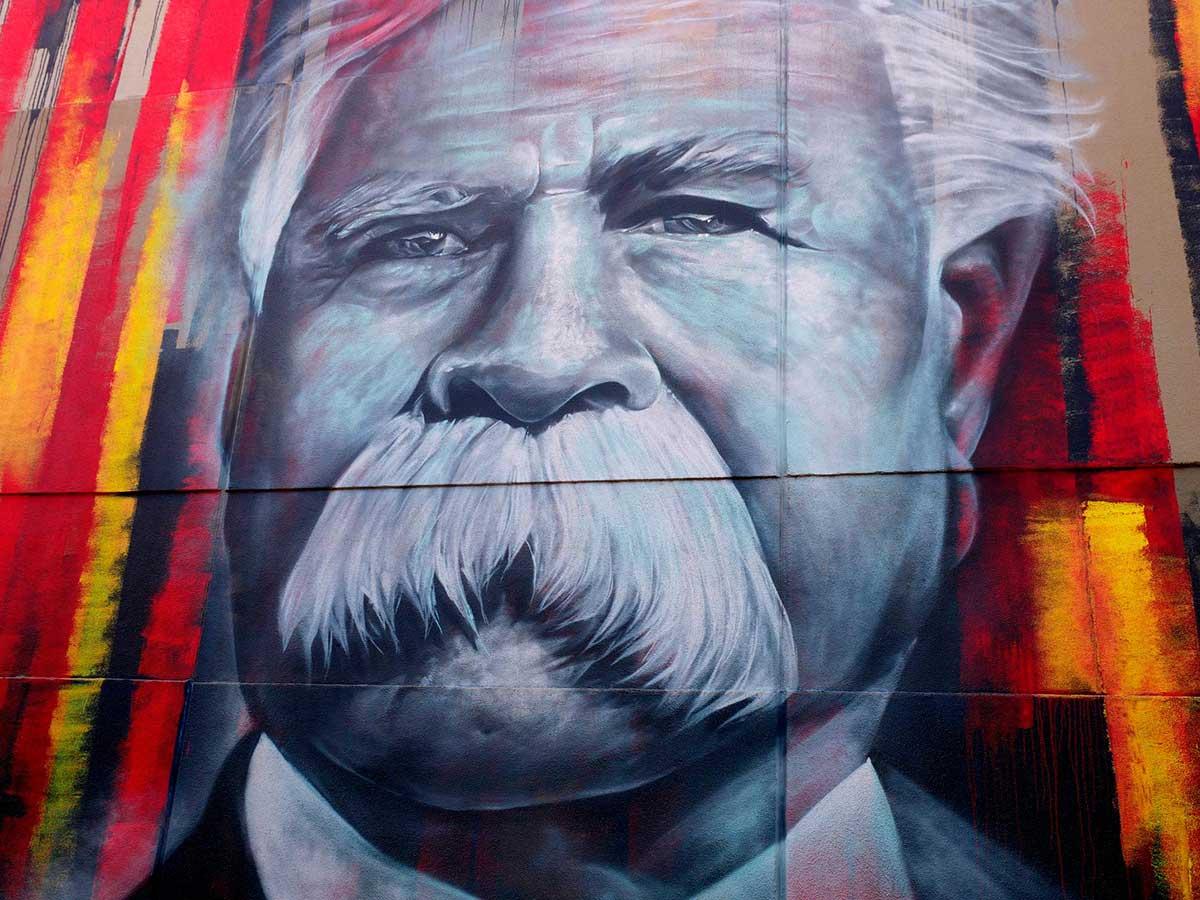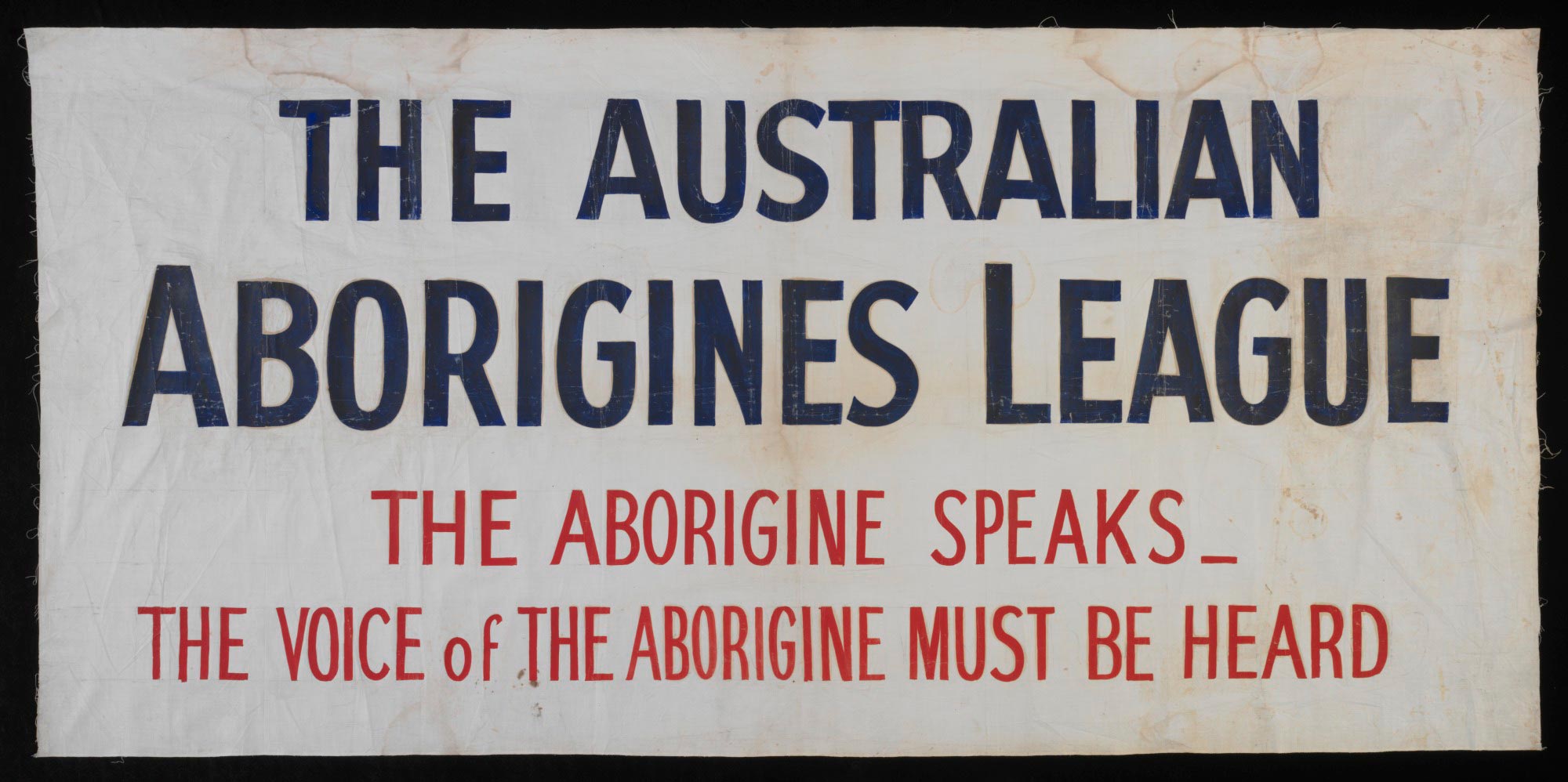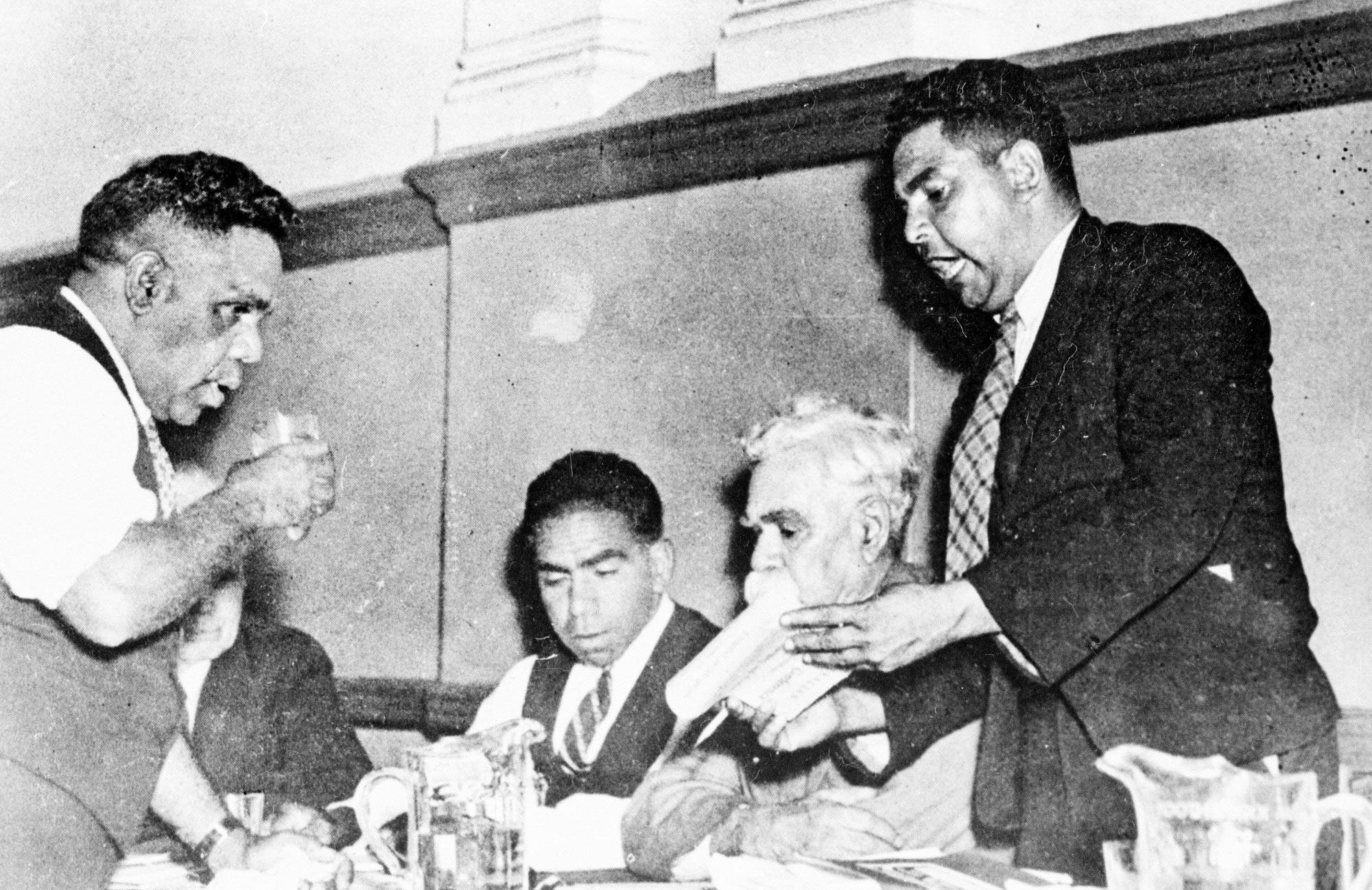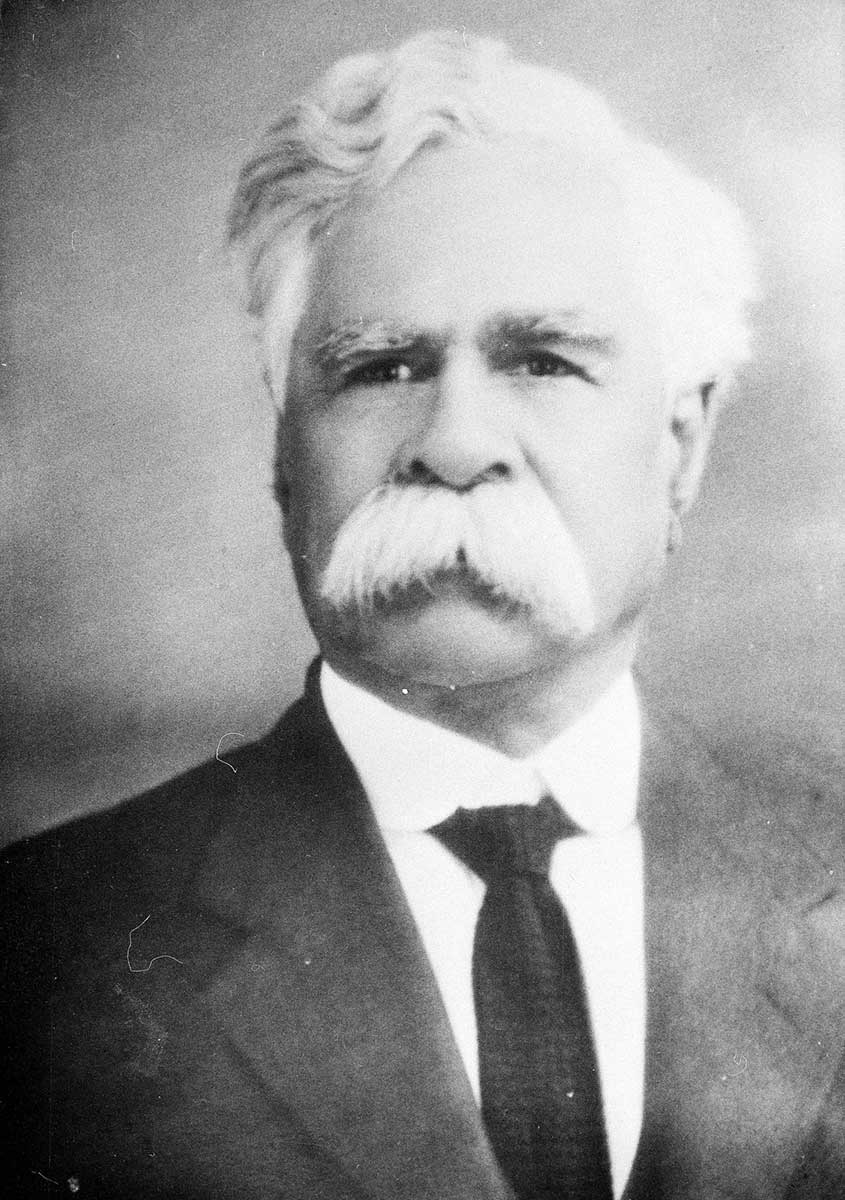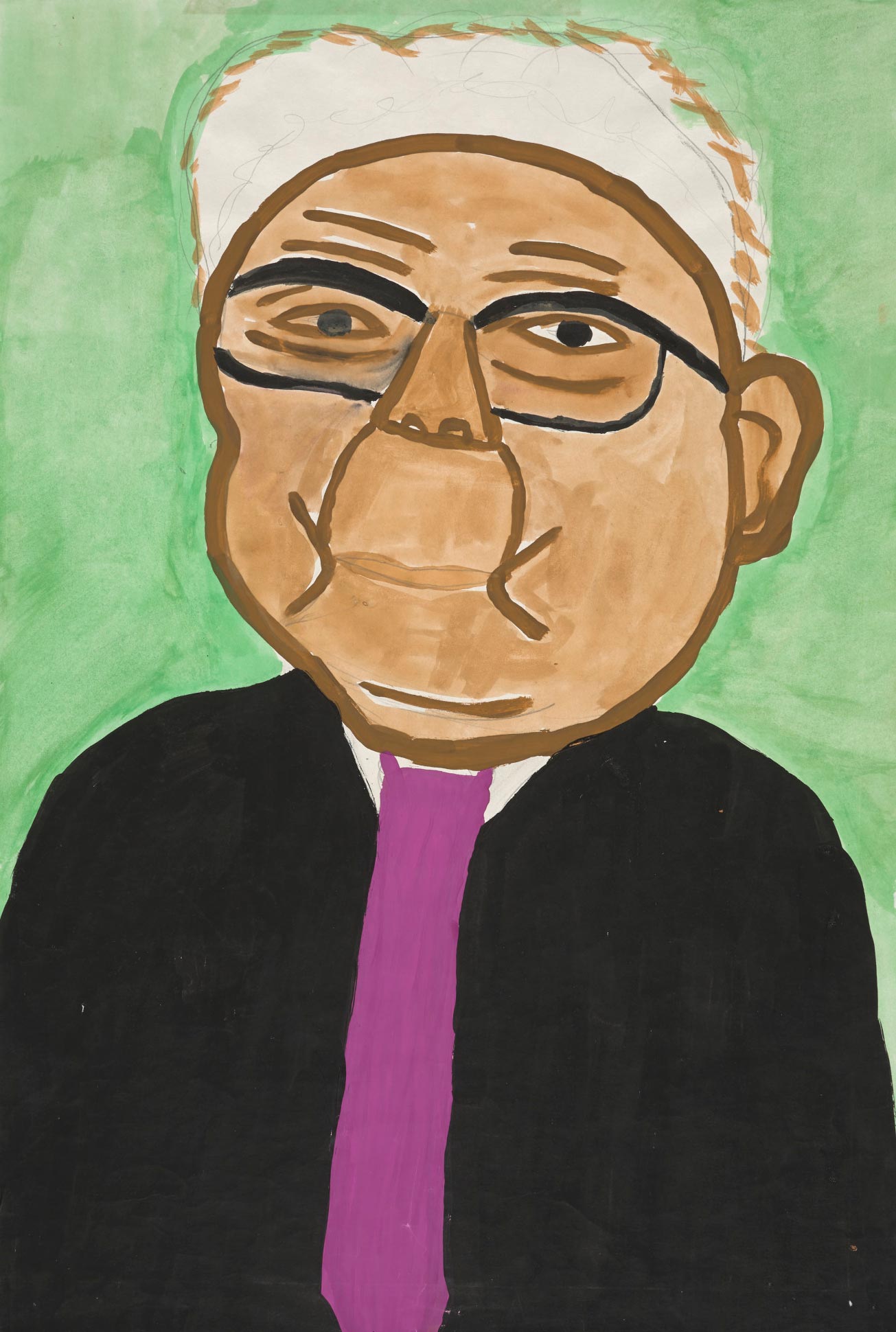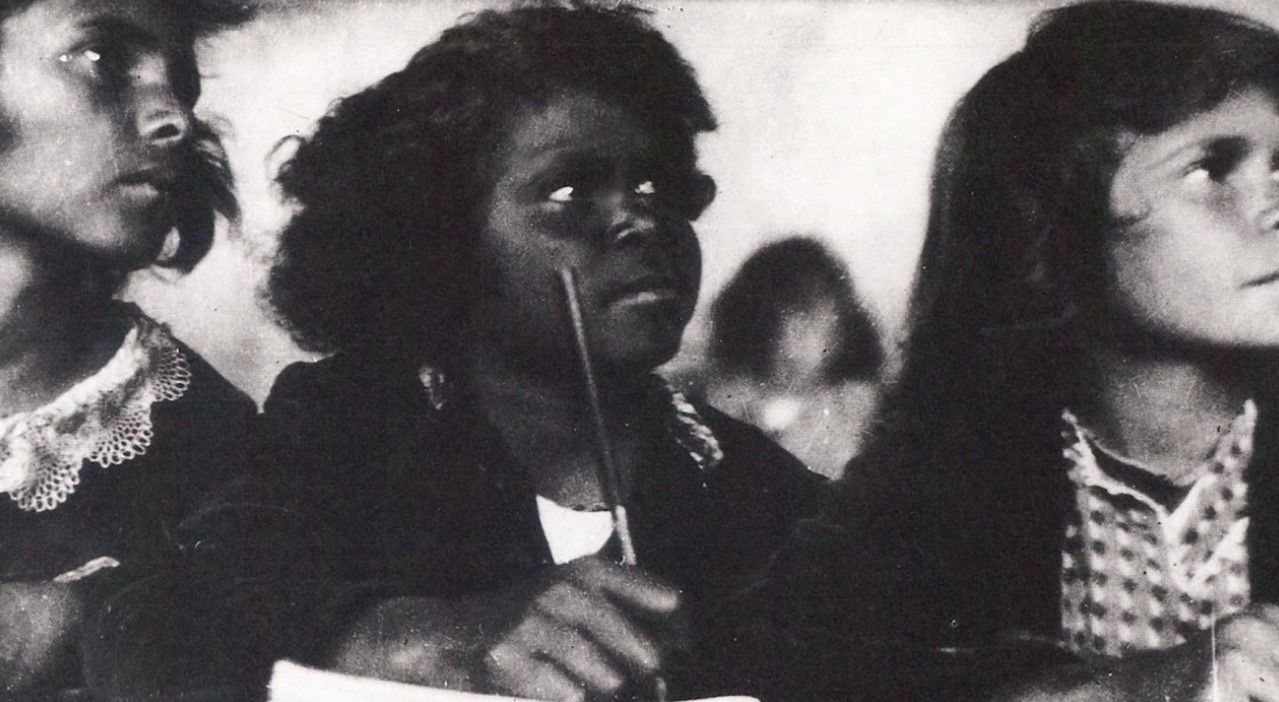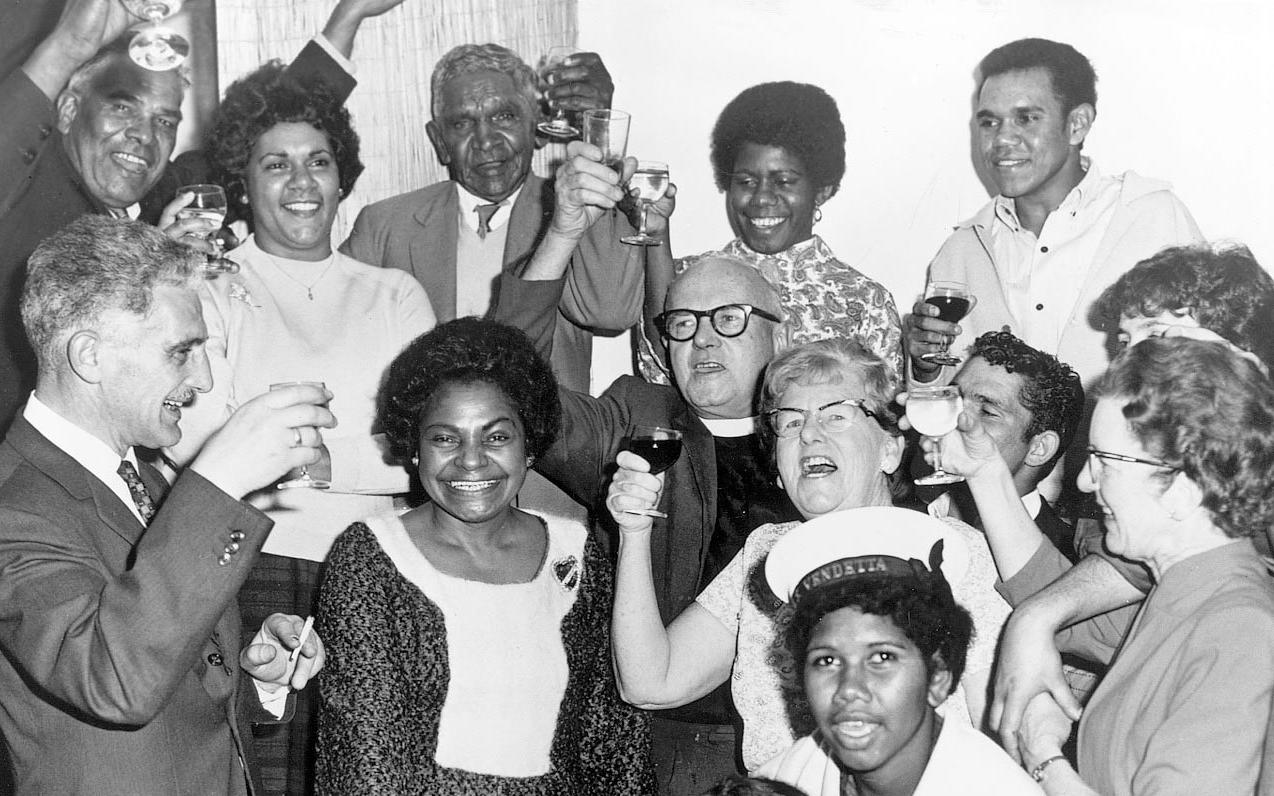An inspirational leader
1936: Yorta Yorta elder William Cooper founds the Australian Aborigines’ League
An inspirational leader
1936: Yorta Yorta elder William Cooper founds the Australian Aborigines’ League
In a snapshot
William Cooper was an inspirational Aboriginal leader in New South Wales and Victoria. In the 1930s he played a leading role in setting up the Australian Aborigines’ League, a group that argued for more rights for Aboriginal people. He also helped to organise the first Aboriginal Day of Mourning on 26 January 1938. He has inspired generations of activists working for justice for Aboriginal and Torres Strait Islander peoples.
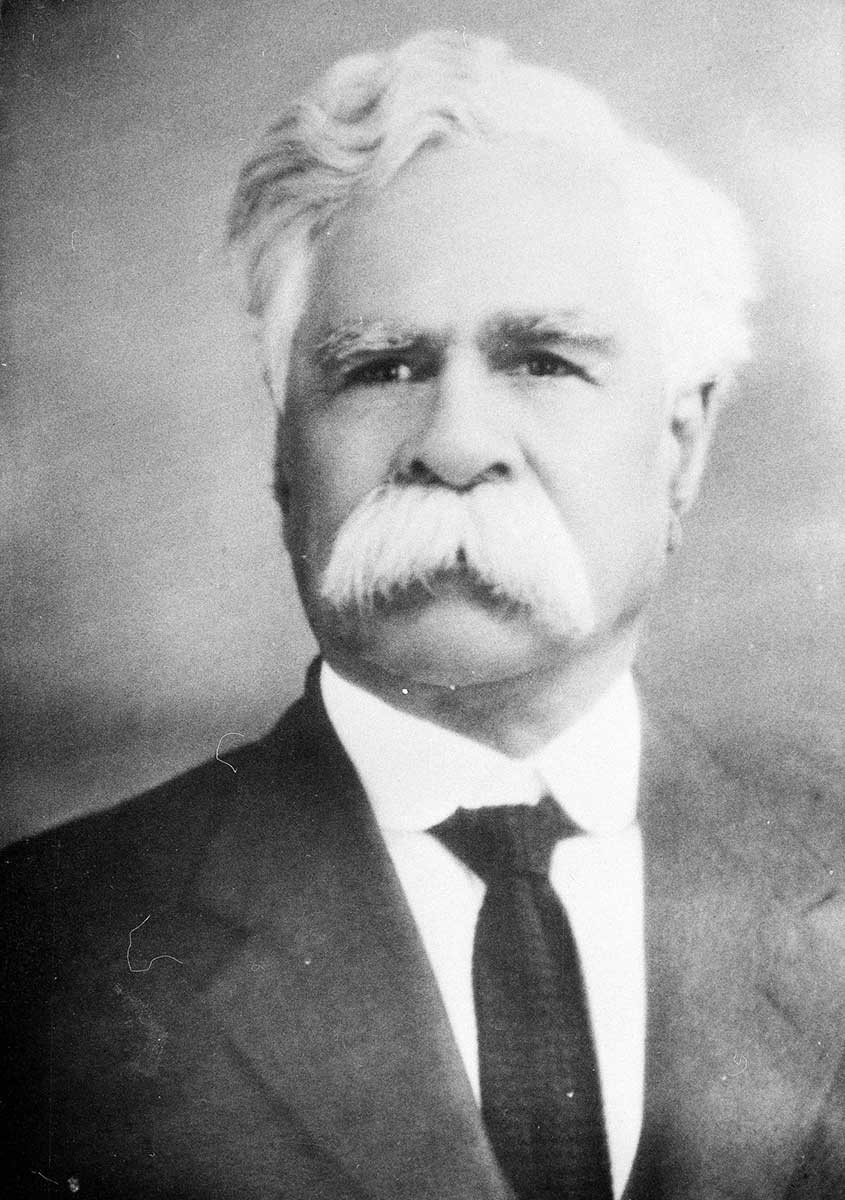
 Can you find out?
Can you find out?
1. Who was William Cooper and where did he grow up?
2. What was the purpose of the Australian Aborigines’ League that Cooper helped to establish?
3. Describe one action Cooper and others took to highlight injustice in the 1930s.
Who was William Cooper?
William Cooper was born in 1861 in Yorta Yorta country, near where the Murray and Goulburn rivers meet, in present-day north-eastern Victoria and southern New South Wales. The Yorta Yorta people had lived in that area for thousands of years. But when white colonists arrived, the Yorta Yorta people were dispossessed of their traditional lands, and many died because of violence and disease brought by the colonists.
Cooper lived for most of his life on the Maloga and Cummeragunja missions. He worked as a shearer and handyman on sheep stations. He went to school for only a few months as a child, but as an adult he attended literacy classes and joined the Australian Workers’ Union.
Cooper was politically active, and throughout the 1920s and 1930s he lobbied the Victorian and New South Wales governments for better conditions for the Yorta Yorta people.
In 1933, when he was 72 years old, Cooper moved to Footscray, a suburb in Melbourne.
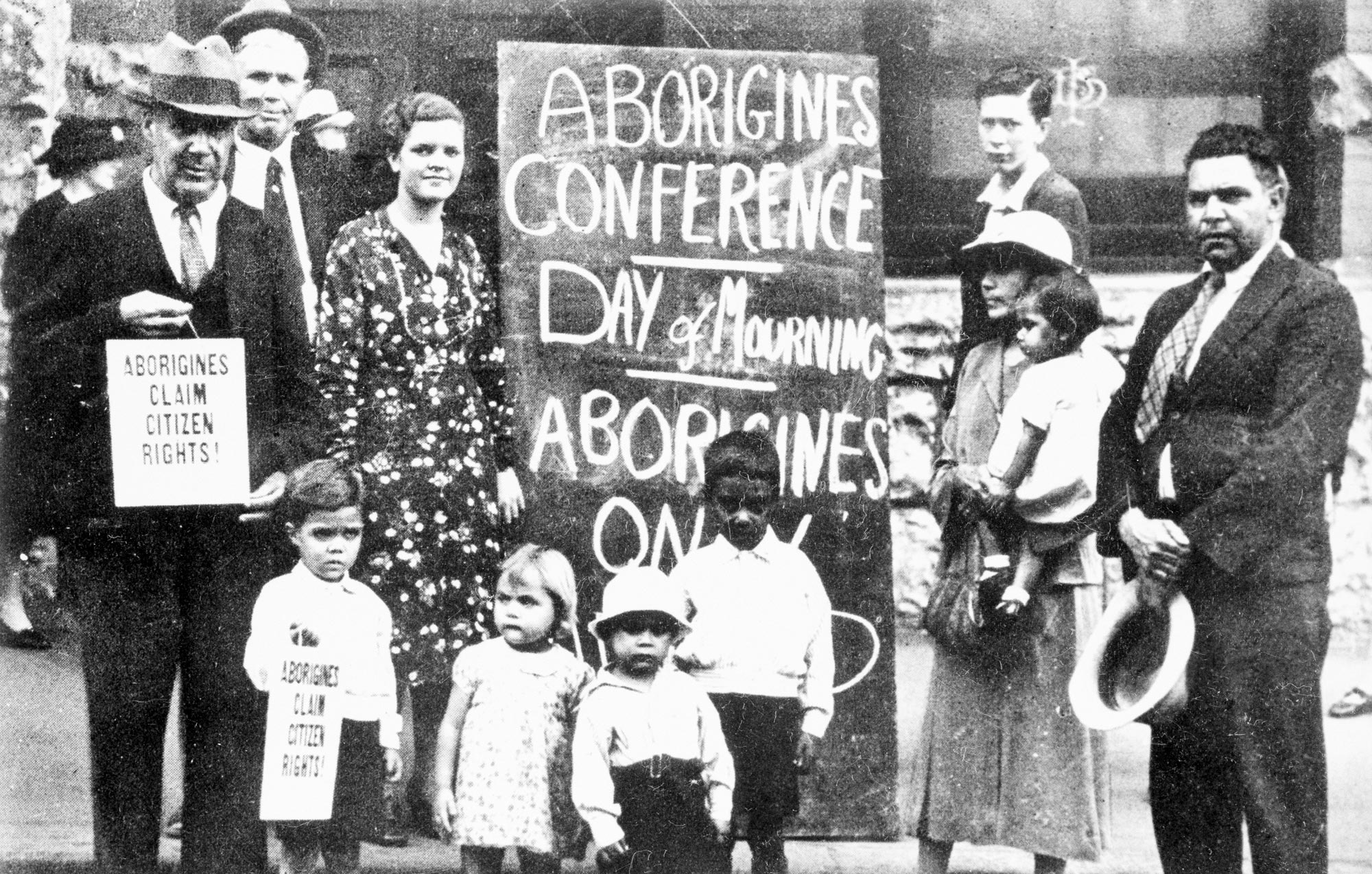
Why did Cooper create the Australian Aborigines’ League?
While he was living at Footscray, Cooper met other Aboriginal people who wanted political change. Together they created the Australian Aborigines’ League in 1936. The Australian Aborigines’ League lobbied state and federal governments to improve the lives and rights of Aboriginal people.
Between 1933 and 1938 Cooper gathered signatures for a petition to the King asking for Aboriginal representation in the federal parliament. He collected nearly 2000 signatures, but the Commonwealth Government refused to send the petition to King George VI.
Research task
William Cooper campaigned for Aboriginal political rights, but he didn’t live to see Aboriginal people enter parliament. Can you find out when the first Aboriginal or Torres Strait Islander person was elected to an Australian parliament?
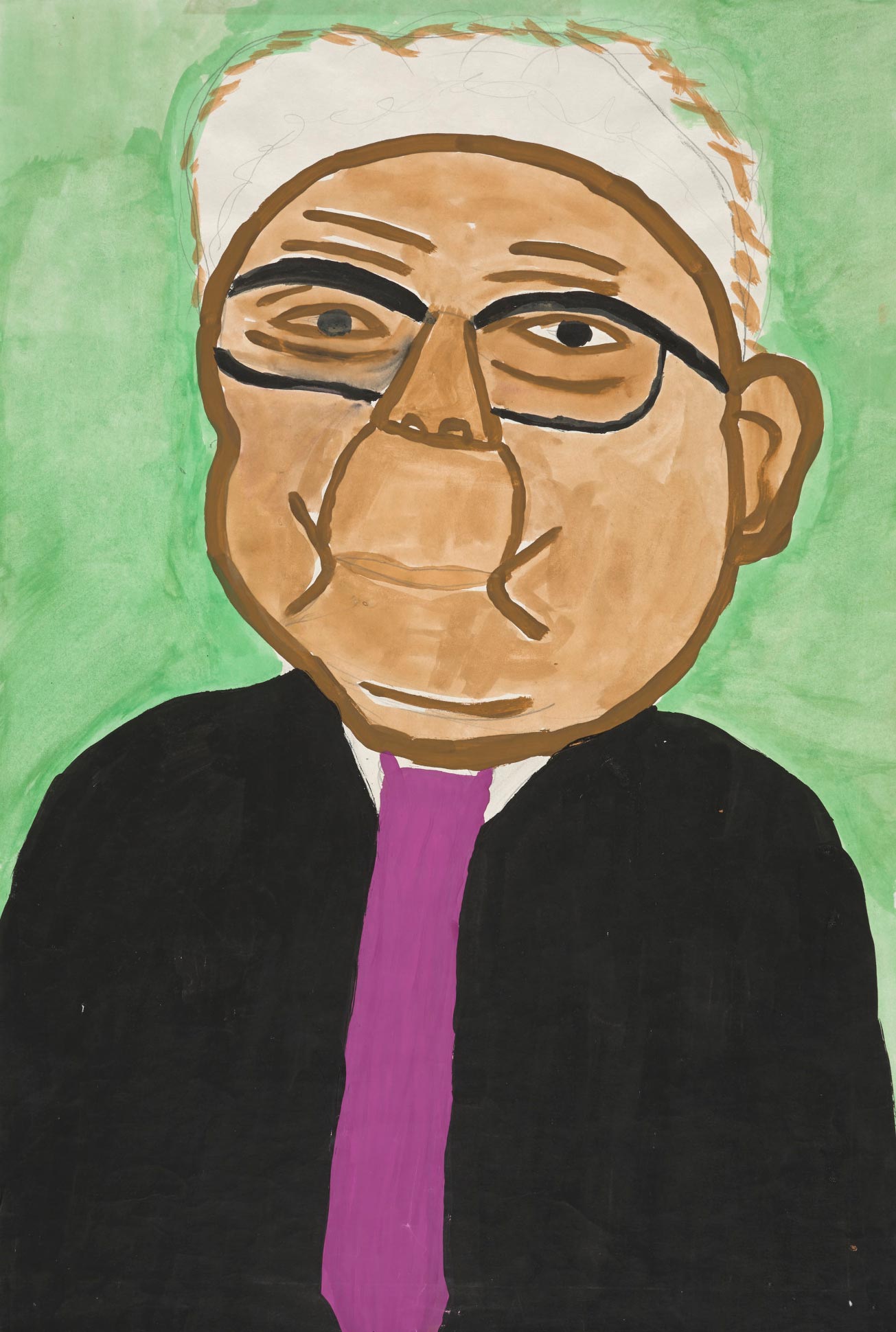
In January 1938 many Australians were getting ready to celebrate 150 years of white settlement in Australia. In response Cooper helped to organise a ‘Day of Mourning’ to be held on 26 January. The Day of Mourning drew attention to the violence and dispossession that Aboriginal people had faced since white colonisation began.
In December 1938 Cooper and the Australian Aborigines’ League decided to protest against racism that was taking place on the other side of the world. Cooper had read that the German Nazi Government was treating Jewish citizens badly. Cooper led a march to the German Consulate in Melbourne. They tried to hand over a letter of protest but the German officials refused to take the letter.
What is Cooper’s legacy?
William Cooper died in 1941. State and federal governments had ignored most of his requests for Aboriginal rights.
But the Australian Aborigines’ League kept working for Aboriginal equality until the 1960s. Cooper’s political activism also helped to create a continuing culture of activism among the Yorta Yorta people. After the Native Title Act became law in 1993, the Yorta Yorta people were one of the first Aboriginal groups to make a native title claim.
Cooper’s work has inspired many generations of activists working for justice for Aboriginal and Torres Strait Islander peoples.
Research task
Do some research to find out if the Yorta Yorta people won their native title claim in the 1990s.
Read a longer version of this Defining Moment on the National Museum of Australia’s website.
 What did you learn?
What did you learn?
1. Who was William Cooper and where did he grow up?
2. What was the purpose of the Australian Aborigines’ League that Cooper helped to establish?
3. Describe one action Cooper and others took to highlight injustice in the 1930s.






